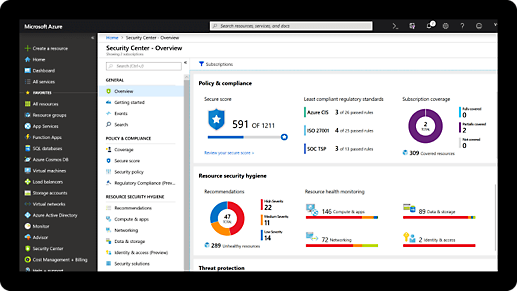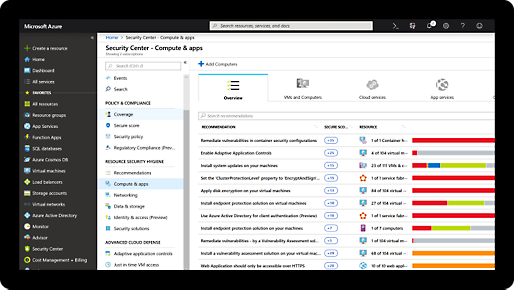Azure Stream Analytics
Serverless real-time analytics, from the cloud to the edge
Deliver powerful insights from your streaming data with ease, in real time
Discover Azure Stream Analytics, the easy-to-use, real-time analytics service that is designed for mission-critical workloads. Build an end-to-end serverless streaming pipeline with just a few clicks. Go from zero to production in minutes using SQL—easily extensible with custom code and built-in machine learning capabilities for more advanced scenarios. Run your most demanding workloads with the confidence of a financially backed SLA.
End-to-end analytics pipeline that is production-ready in minutes with familiar SQL syntax and extensible with JavaScript and C# custom code
Rapid scalability with elastic capacity to build robust streaming data pipelines and analyze millions of events at subsecond latencies
Hybrid architectures for stream processing with the ability to run the same queries in the cloud and on the edge
Enterprise-grade reliability with built-in recovery and built-in machine learning capabilities for advanced scenarios
Build streaming pipelines in minutes
Run complex analytics with no need to learn new processing frameworks or provision virtual machines (VMs) or clusters. Use familiar SQL language that is extensible with JavaScript and C# custom code for more advanced use cases. Easily enable scenarios like low-latency dashboarding, streaming ETL, and real-time alerting with one-click integration across sources and sinks.

Run mission-critical workloads with subsecond latencies
Get guaranteed, “exactly once” event processing with 99.9% availability and built-in recovery capabilities. Easily set up a continuous integration and continuous delivery (CI-CD) pipeline and achieve subsecond latencies on your most demanding workloads.
Deploy in the cloud and on the edge
Bring real-time insights and analytics capabilities closer to where your data originates. Enable new scenarios with true hybrid architectures for stream processing and run the same query in the cloud or on the edge.

Power real-time analytics with artificial intelligence
Take advantage of built-in machine learning (ML) models to shorten time to insights. Use ML-based capabilities to perform anomaly detection directly in your streaming jobs with Azure Stream Analytics.
Comprehensive security and compliance, built in
-
Microsoft invests more than USD1 billion annually on cybersecurity research and development.

-
We employ more than 3,500 security experts who are dedicated to data security and privacy.

-
Azure has more certifications than any other cloud provider. View the comprehensive list.
-
Scale up rapidly and pay only for what you use
- Pay only for the virtual machines and the associated storage and networking resources consumed
- Take advantage of no-charge cluster management
Get started with an Azure free account
1

2

After your credit, move to pay as you go to keep building with the same free services. Pay only if you use more than your free monthly amounts.
3

Community and Azure support
Ask questions and get support from Microsoft engineers and Azure community experts on MSDN and Stack Overflow, or chat with an Azure support specialist.
Popular templates and labs
Discover self-paced labs and popular quickstart templates for common configurations made by Microsoft and the community.
Training resources for developers
Documentation
Explore tutorials, samples, and other documentation to learn how to use Azure Stream Analytics.
Stream Analytics documentation overview
Videos
See the scenarios enabled by Azure Stream Analytics with video deep dives and demos.
Machine learning models in the cloud and on the intelligent edge
Learning modules
Expand your knowledge and earn certifications with hands-on online courses from Microsoft Learn.
Frequently asked questions about Azure Stream Analytics
-
Azure Stream Analytics is available in 24 regions worldwide.
-
We guarantee at least 99.9 percent availability for the Stream Analytics API.
-
A standard streaming unit is a blend of compute and memory.
-
Streaming units are billed hourly, based on the maximum number of units selected during the hour.

